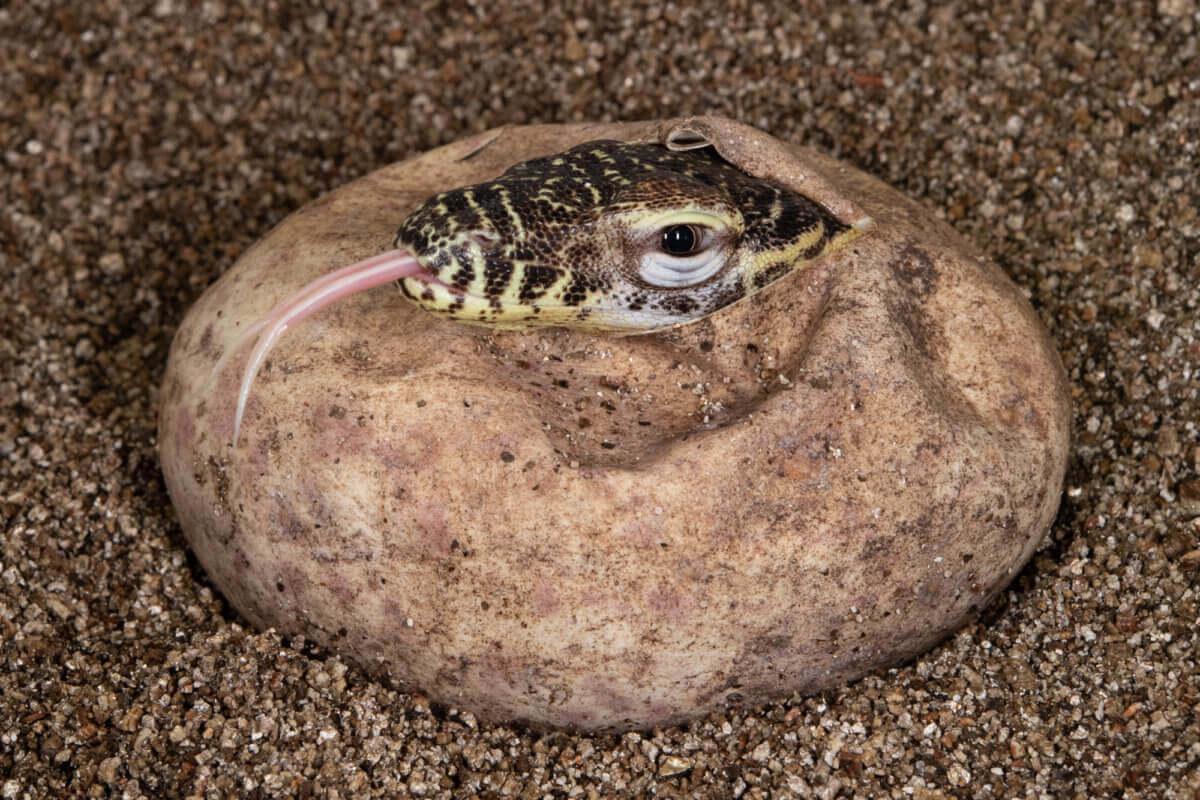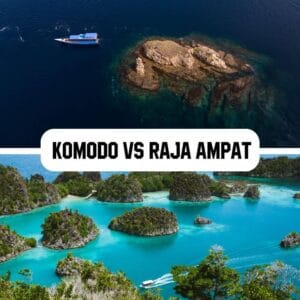Komodo Dragon: Everything you need to know.
What is a Komodo Dragon?

The Komodo dragon, also known as the Komodo monitor, is a species of lizard that is native to the Indonesian islands of Komodo, Rinca, Flores, Gili Motang, and Padar. It is the largest living species of lizard, growing up to 3 meters (10 feet) in length and weighing up to 150 kilograms (330 pounds).
Komodo dragons are carnivorous and are apex predators in their ecosystem. They primarily eat deer, water buffalo, pigs, and other large animals, but will also eat smaller prey such as insects and rodents. They have a unique hunting strategy where they will ambush their prey and bite them with their sharp teeth, injecting venom into the wound which lowers blood pressure, prevents blood clotting which leads to massive blood loss and shock, resulting in the death of their prey.
Komodo dragons are also known for their tough, scaly skin, which provides protection from predators and allows them to survive in harsh environments. They are considered a vulnerable species due to habitat loss and hunting by humans.
Can Komodo Dragons Swim?
Komodo dragons are capable swimmers and have been observed swimming between islands in their native range. They use a combination of their powerful legs and long, flattened tail to propel themselves through the water. In fact, they have been known to swim up to 500 meters (1,640 feet) in open sea in search of food or to escape from predators. However, they are not adapted to swimming long distances and may tire easily, which could make them vulnerable to drowning or exhaustion.
How Many Komodo Dragons are Left?

The population of Komodo dragons is currently estimated to be around 3,000 to 5,000 individuals in the wild, according to the International Union for Conservation of Nature (IUCN). However, this number is difficult to estimate accurately due to the remote and rugged terrain of their native range, making it challenging to conduct thorough surveys.
Despite being a protected species, Komodo dragons face several threats that have contributed to their decline in population, including habitat loss, hunting by humans, and illegal poaching. Habitat loss occurs due to human activities such as agriculture, logging, and development, which reduce the available space for the species.
Are Komodo Dragons Considered an Endangered species?

The Komodo dragon is considered a vulnerable species by the International Union for Conservation of Nature (IUCN) due to several factors that have contributed to its decline in population.
One of the main threats to the species is habitat loss, due to the human activities mentioned earlier. These activities reduce the available habitat for the species and can fragment populations, making it difficult for individuals to find suitable mates and decreasing genetic diversity.
Another major threat to Komodo dragons is hunting and poaching. Historically, the species has been hunted for its meat, skin, and other body parts, which are valued in traditional medicine and the illegal wildlife trade. Despite being a protected species, hunting and poaching still occur, which puts further pressure on the already vulnerable population.
Other threats to the species include climate change, natural disasters, and conflicts with humans, such as accidental entanglement in fishing nets or vehicle collisions.
Conservation efforts are being undertaken to protect Komodo dragons and their habitat, including the establishment of protected areas and captive breeding programs. However, continued efforts are needed to address the threats to the species and ensure their long-term survival in the wild.
Komodo Dragon Reproduction
Komodo dragons reproduce through sexual reproduction, with mating typically occurring between May and August. During this time, males will fight over females and use their powerful jaws to wrestle and pin their opponents to the ground.
Females lay their eggs in burrows dug into the ground or in other suitable locations, such as termite mounds or abandoned bird nests. The eggs are typically laid in September and October and incubate for about 8-9 months before hatching. The incubation temperature of the eggs determines the sex of the hatchlings, with higher temperatures producing males and lower temperatures producing females.
After hatching, the young Komodo dragons are left to fend for themselves and are vulnerable to predation by other animals, including adult Komodo dragons. They grow rapidly, reaching sexual maturity at around 5 to 7 years of age. Komodo dragons have a long lifespan, with some individuals living up to 30 years in the wild and up to 50 years in captivity.
On which island do they are the most?
The largest population of Komodo dragons is found on Komodo Island, which is one of the five islands in Indonesia where the species is naturally found. Komodo Island is also home to Komodo National Park, which was established in 1980 to protect the species and its habitat.
In addition to Komodo Island, other islands where the species is found include Rinca, Flores, Gili Motang, and Padar. The population of Komodo dragons on these islands is smaller than that of Komodo Island, but they are still considered important for the conservation of the species.
According to the East Nusa Tenggara Natural Resources Conservation Agency, the dragons found on Flores are different from those found on Komodo island. Although genetically they are very similar, the population on Flores tends to be smaller in size and have lighter coloured scales. It is thought that this is due to the difference in the diet on the islands.
Why do we call Dragon of Komodo a “dragon”?
The Komodo dragon is called a “dragon” because of its large size, powerful jaws, and fearsome reputation. The species is named after the Indonesian island of Komodo, where it is found, and the term “dragon” is often used to describe large, reptilian creatures with formidable physical attributes.
Additionally, Komodo dragons were known to the Western world only in the early 20th century, when Dutch colonists in Indonesia first described them to European scientists. At the time, there was a fascination with stories and legends of mythical dragons, and the name “Komodo dragon” may have been a way to evoke these mythical creatures and generate interest in the newly discovered species.
Despite the name, however, Komodo dragons are not related to mythical dragons or other mythical creatures. They are a real species of lizard and are part of the family Varanidae, which includes other large monitor lizards.
In conclusion, despite the fearsome reputation the Komodo dragon has; it, just like other apex predators, whether they are marine, terrestrial or aquatic, is vulnerable to the impacts of humans on the environment. To fully appreciate these beautiful animals, it is recommended to see them for yourself in their natural habitat. Dragon Dive Komodo offers dive and trek packages to Rinca island as well as Komodo island tours getting you up close and personal with the dragons as well as providing you with educational talks on them, helping you further understand the need to continue conservation efforts.

10 Things You Should Never Do After Scuba Diving | Dragon Dive Komodo

The Best Time to Dive in Komodo National Park: Seasons, Conditions & Marine Life

Komodo vs Raja Ampat – Which Destination Is Better for Diving?

The Ultimate Guide to Indonesia’s Best Liveaboards: Dive Komodo, Alor & Raja Ampat






One Response